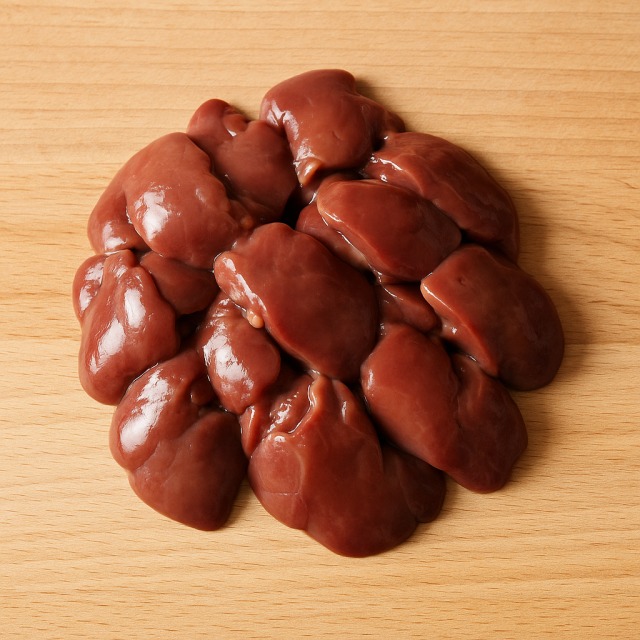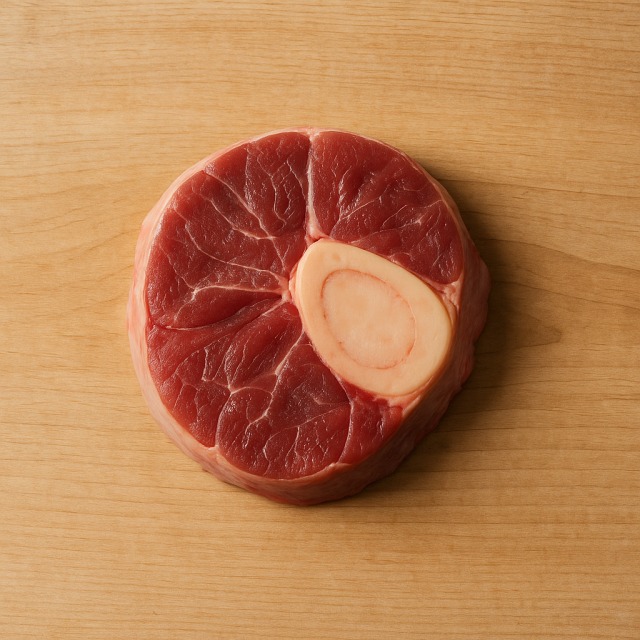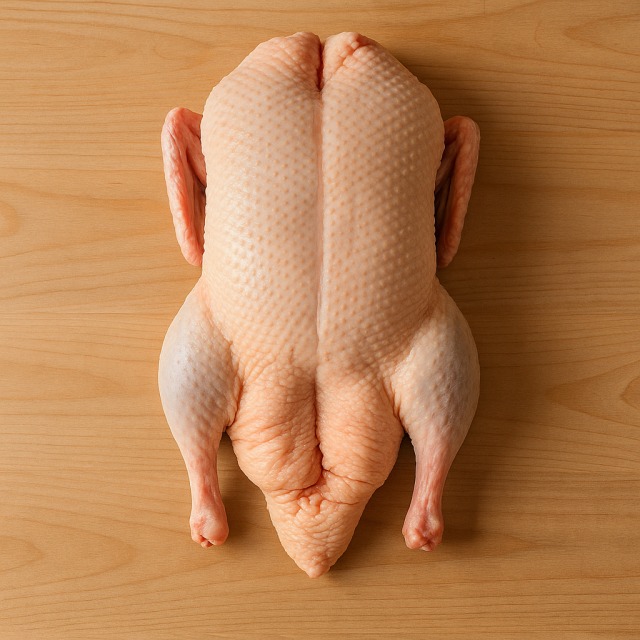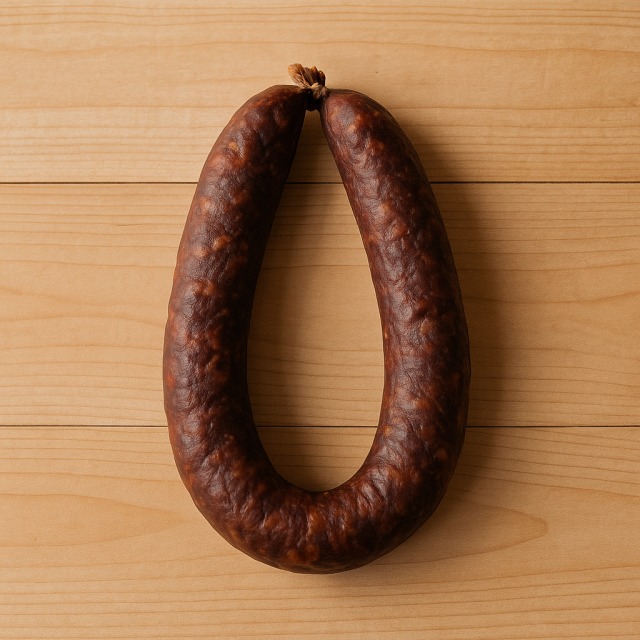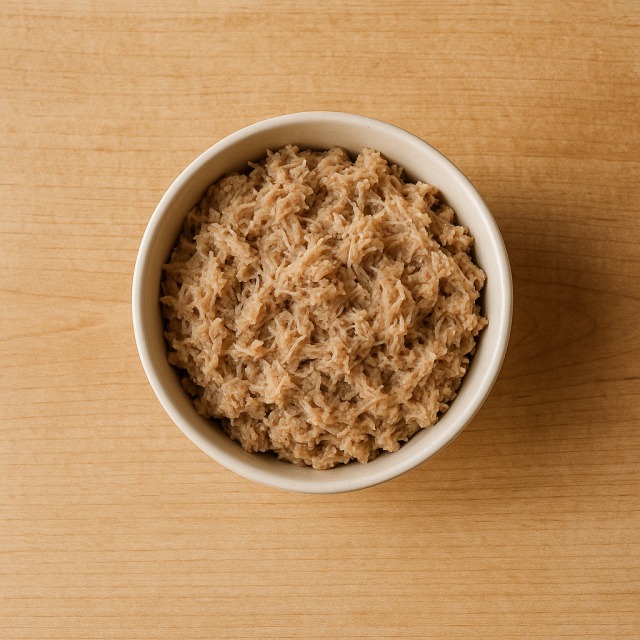Calorie Chart / Meat & Eggs / Foie Gras
How Many Calories Are in Foie gras?
Calculation of the nutritional value & Recommended Dietary Intake of foie gras
For g and a calorie requirement of kcal
| Calories 184 kcal | Proteins 3.4 g | Lipids 19 g | Carbohydrates 1 g |
| 9% | 5% | 28% | 0% |
Health benefits of foie gras
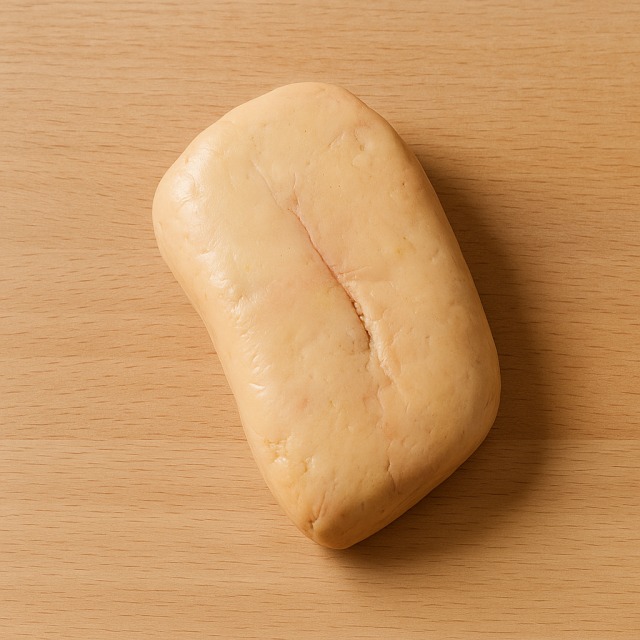
Foie gras - 100g
Calories 460 kcal
Proteins 8.5 g
Lipids 47 g
Carbohydrates 2.5 g
With around 460 calories per 100 g, foie gras is clearly a high-calorie food. Those calories are mainly supplied by its 47 g of lipids, rich in monounsaturated oleic acid, the same fat prized in avocado. Despite the calorie density, moderate portions can deliver valuable nutrients.
Foie gras provides vitamin A (retinol), several B-group vitamins including B12 and folate, plus iron, copper, and selenium. These micronutrients come in noteworthy amounts compared with its calories, making it nutrient-dense even though it is calorie-dense.
Because the liver stores fat-soluble vitamins, foie gras delivers more vitamin A per gram than most meats; a 30-g slice can cover daily needs. However, its high calories and cholesterol content call for mindful, occasional consumption.
Historically, ancient Egyptians observed geese overfeed before migration and adopted the technique over 4,000 years ago—giving foie gras its reputation as a festive luxury but also a calorie-packed delicacy. Remember those calories when planning holiday menus.
Tips for incorporating foie gras into a balanced diet
Because foie gras concentrates calories, portion control is key. Limit your slice to 30–50 g (about 140–230 calories) and balance the plate with light elements such as peppery arugula, thin slices of apple, or a spoon of fig compote. The freshness will cut through the fat while keeping overall calories reasonable.
For an elegant starter, toast whole-grain baguette, spread with 40 g of foie gras, and finish with cranberry relish. Pair it with a silky pumpkin soup; the fiber adds volume with few additional calories.
Want a main course? Top a grilled duck breast with a thin foie gras medallion "Rossini" style, then add steamed green beans instead of mashed potatoes to tame the calorie load.
Leftover foie gras can upgrade a salad of lentils, toasted walnut halves, and mixed greens. The legume proteins and nuts enhance satiety so you enjoy luxury flavor without overshooting your daily calories.
Frequently Asked Questions
- How many calories are in foie gras?
- 460 kcal per 100 g.
- Is foie gras considered high in calories compared with other meats?
- Yes. Its 460 kcal make it one of the most calorie-dense meats; for comparison, beef steak averages about 170 kcal and chicken breast roughly 110 kcal per 100 g.
- Does cooking foie gras change its calories?
- Pan-searing melts some surface fat, but the majority of the calories remain; expect only a 5–10% reduction per portion.
- How can I enjoy foie gras without exceeding my daily calories?
- Keep the serving small, surround it with low-calorie vegetables such as zucchini, and cut back on other high-fat items the same day.
- Are the calories in foie gras "good" or "bad"?
- The calories mainly come from monounsaturated fat, considered better for heart health than saturated fat, yet excess calories of any type can promote weight gain.
- How often can I eat foie gras if I monitor my calories?
- Most nutritionists suggest reserving foie gras for festive occasions—only a few times a year—to keep weekly calorie and cholesterol intake in check.
Similar foods
Information provided by Calorie Menu may contain inaccuracies or errors. It cannot, under any circumstances, substitute medical advice or medication.

